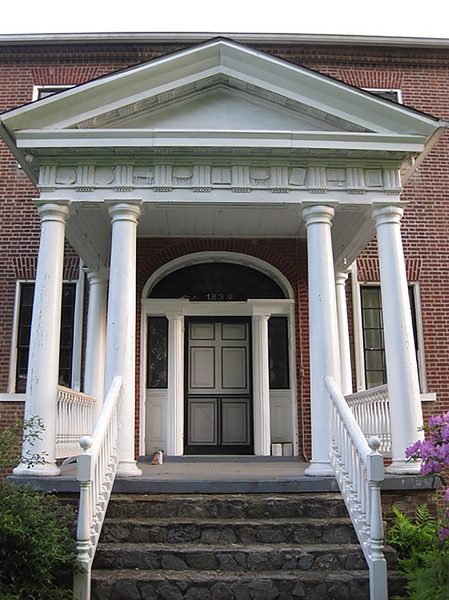Loretto and Female Academies: 1830-1842
Posted on February 1, 2021, by Joy Jensen SL

After the Revolutionary War patriots believed that their daughters should be educated to uphold the virtues of republicanism to pass these virtues on to the next generation. During this time there were few opportunities for women’s education beyond the elementary-type common schools. Education for women advanced from short-lived schools in the late 1780s to the highly academic schools of the antebellum period. Women’s private secondary schools, called academies, seminaries, or institutes, flourished, particularly in the South.
From 1780 to 1840 women’s opportunities for advanced education expanded. Educational leaders believed that education helped create a moral, intelligent and unified citizenry. The religious beliefs of the period supported many academy foundations. In the South, academies, or seminaries, provided the only secondary education available for women.
Most academies taught branches of English, geography, history, mathematics and ancient or modern languages. Nonacademic subjects such as needlework were also offered. Some academies taught music, drawing and painting. Later education enabled women to participate in the many reform and benevolent societies, such as the abolition of enslavement, the temperance movement and missionary societies that were active during the 1840s.
In Kentucky several academies flourished. Lexington Female Academy was founded in 1821, Knoxville Female Academy in 1831 and Van Daren’s Collegiate Institute for Young Ladies in 1832 in Lexington.
The Sisters of Loretto opened Bethlehem Academy in 1830. In 1835 the Loretto Female Academy (now Rhodes Hall) opened to educate young women in the area of the Motherhouse. Cedar Grove Academy (Loretto) in Louisville opened in 1842.
Editor’s Note: The next issue of Interchange will look at “1835 Loretto Female Academy.”
